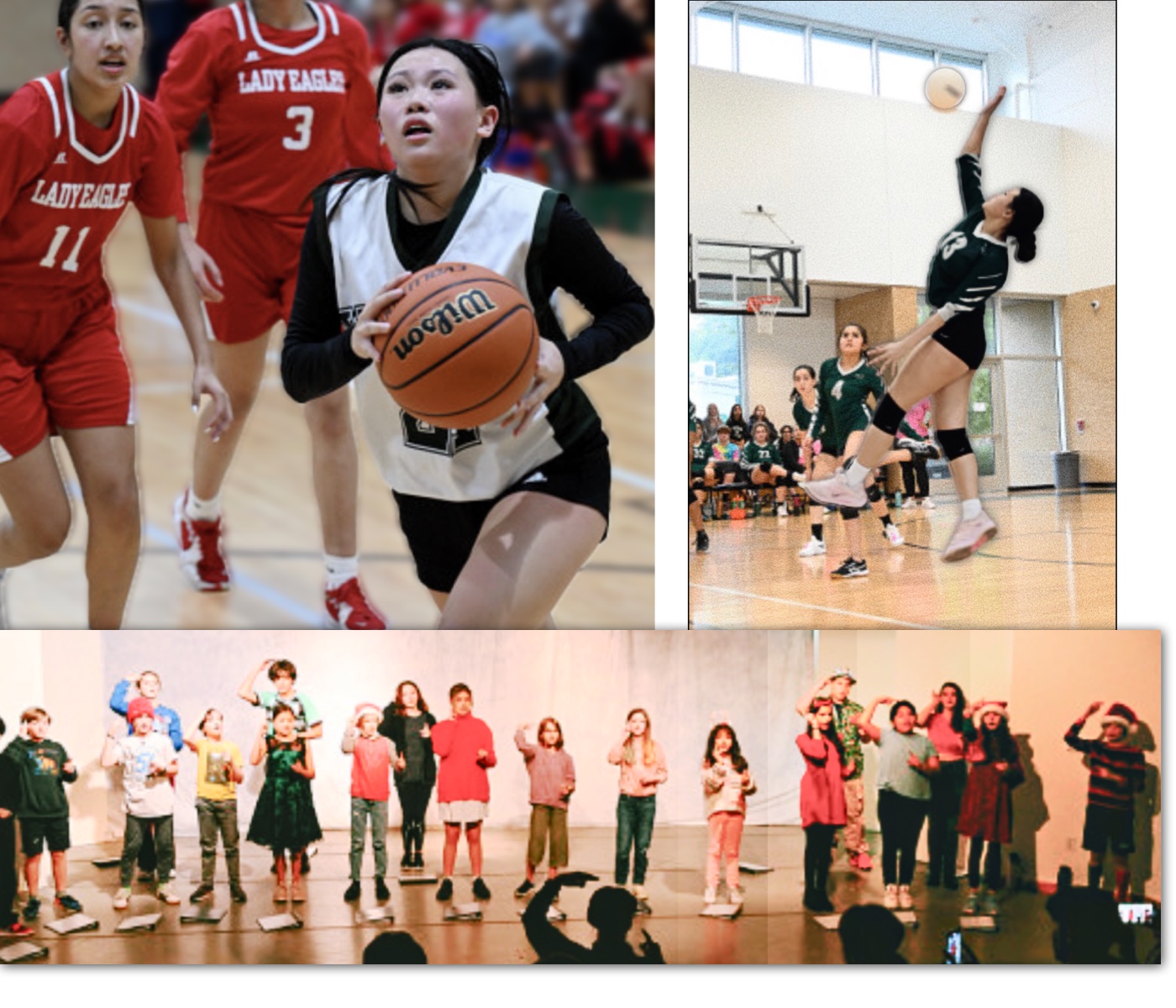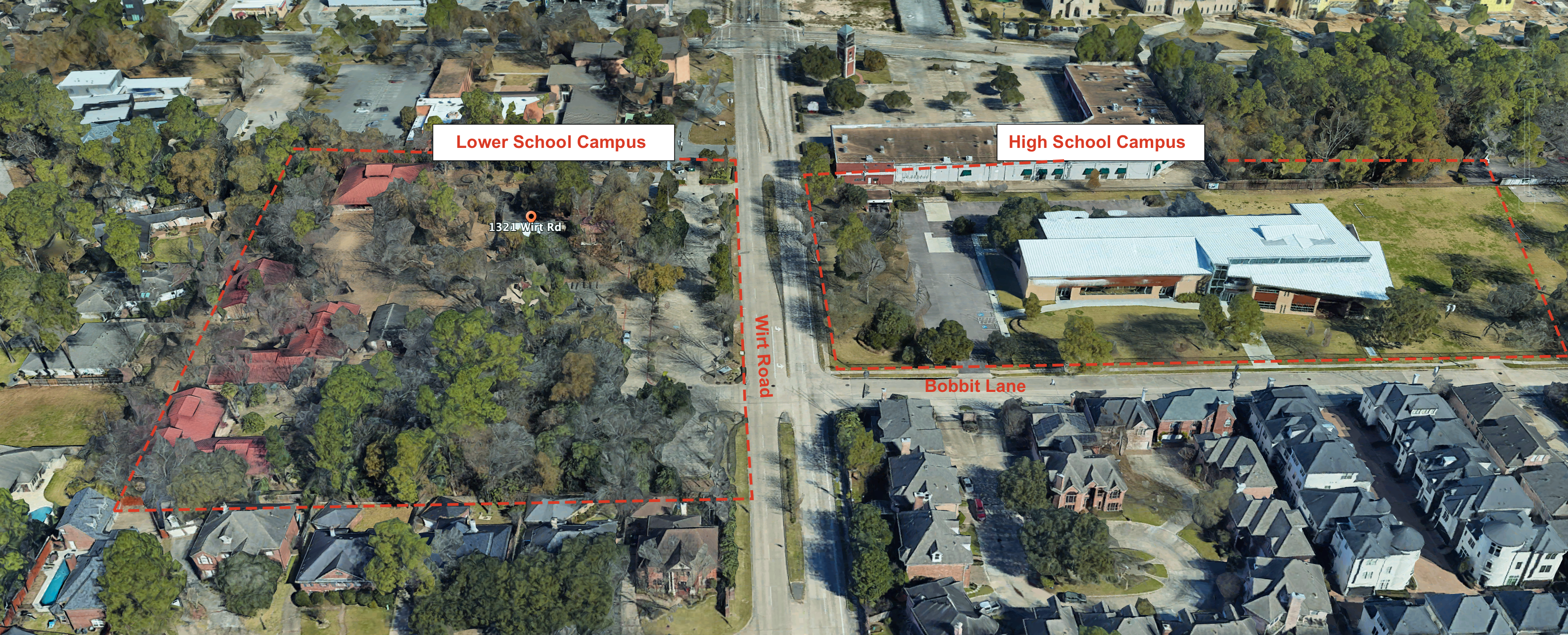Welcome to School of the Woods !
| |||
OFFICE HOURSThe school office hours are 8 am to 5 pm. For inquiries, call 713-686-8811. The 2023-2024 school year began August 28, 2023 and will end May 30, 2024. | |||
CLASSROOM TOURSWe Invite you to attend a campus tour on Tuesdays, Wednesdays, or Thursdays at 9 am. For a reservation, please call 713-686-8811. | |||
SENIOR THESIS PRESENTATIONSUnique to our Montessori secondary program, Self-Construction courses focus on cultivating the whole student to realize their full potential. Senior Thesis is the culmination of this course work. The goal of Senior Thesis is to afford students the opportunity to pursue a topic about which they are passionate. They complete lasting, meaningful work that applies interdisciplinary knowledge and original research. Students complete a final thesis paper and present their work to the High School community. Our students graduate prepared for academic success in college and with a vision for their personal future. JOIN US Families and friends are invited to join us in person. For those families and friends joining us virtually, please follow this link (Meeting ID: 876 104 4488, PW:455642) to join. It is labeled “Patrick Phipps’ Personal Meeting Room.” It is the same code for all the presentations so once you have the code, you can use it for all presentations.We ask that you login ten minutes early to allow for the moderator to let you join. Please mute your microphone for the duration of the presentations as they will be recorded. Any question you have for the presenter may be relayed through the moderator and the chat. We appreciate your support of our prospective graduates! | |||

| |||
|
School of the Woods is a Member School of the American Montessori Society (AMS).
| |||
Academic ProgramSchool of the Woods offers classes in early childhood through high school.Early Childhood/Kindergarten (2 1/2 to 6 years)Children in this multi-age group learn more easily and efficiently than at any other time of life. Learn more ... Lower Elementary (6 to 9 years; Grades 1-3)Students widen their horizons through an expanding curriculum. Abundant materials foster optimum development of reading, spelling and writing skills. Learn more ... Upper Elementary (9 to 12 years; Grades 4-6)Children of the upper elementary level transition from learning by hands-on-experiences to the abstract understanding of concepts. Learn more ... Woods Middle School (12 to 14 years; Grades 7-8)Seventh and eighth grade students are emerging into adolescence, a time of rapid personal growth and change. To guide our students through this critical period, School of the Woods has created a unique program, so successful that it is now a model for similar programs in other Montessori and public schools systems nationwide. Learn more ... Woods High School (14 to 18 years; Grades 9-12)The Woods High School courses of study reflect an integration of the Texas requirements of essential elements, the newest research about the developmental needs of adolescents, the Montessori philosophy, current learning theory, and the predictions of the skills needed for a productive life in the twenty-first century. Learn more ... | |||
Activities - art, music, sports
In addition to the academic curriculum, School of the Woods offers numerous optional activities for all ages. |
|||
Coming to the Woods |
|||
Holidays | |||
|
| |||
Phone: 713-686-8811Map and Directions ...

|
NOTICE OF NONDISCRIMINATORY POLICY AS TO STUDENTS : School of the Woods, admits students of any race, color, national or ethnic origin to all the rights, privileges, programs and activities generally accorded or made available to students at the school. It does not discriminate on the basis of race, color, national or ethnic origin in administration of its educational policies, admission policies, scholarship programs, extra curricula activities or other school administered programs.



